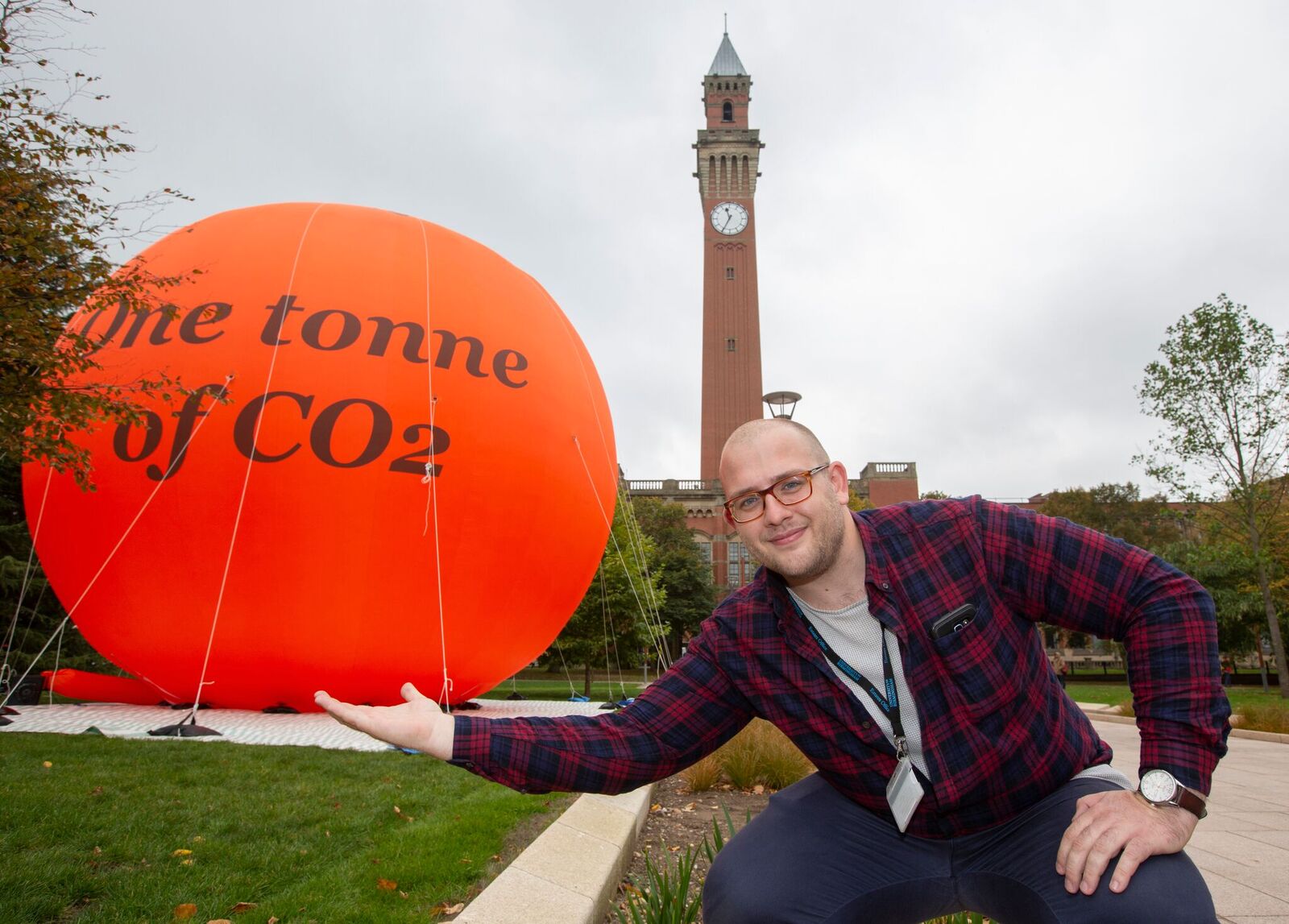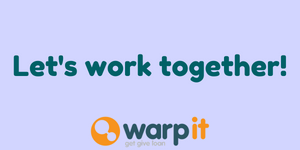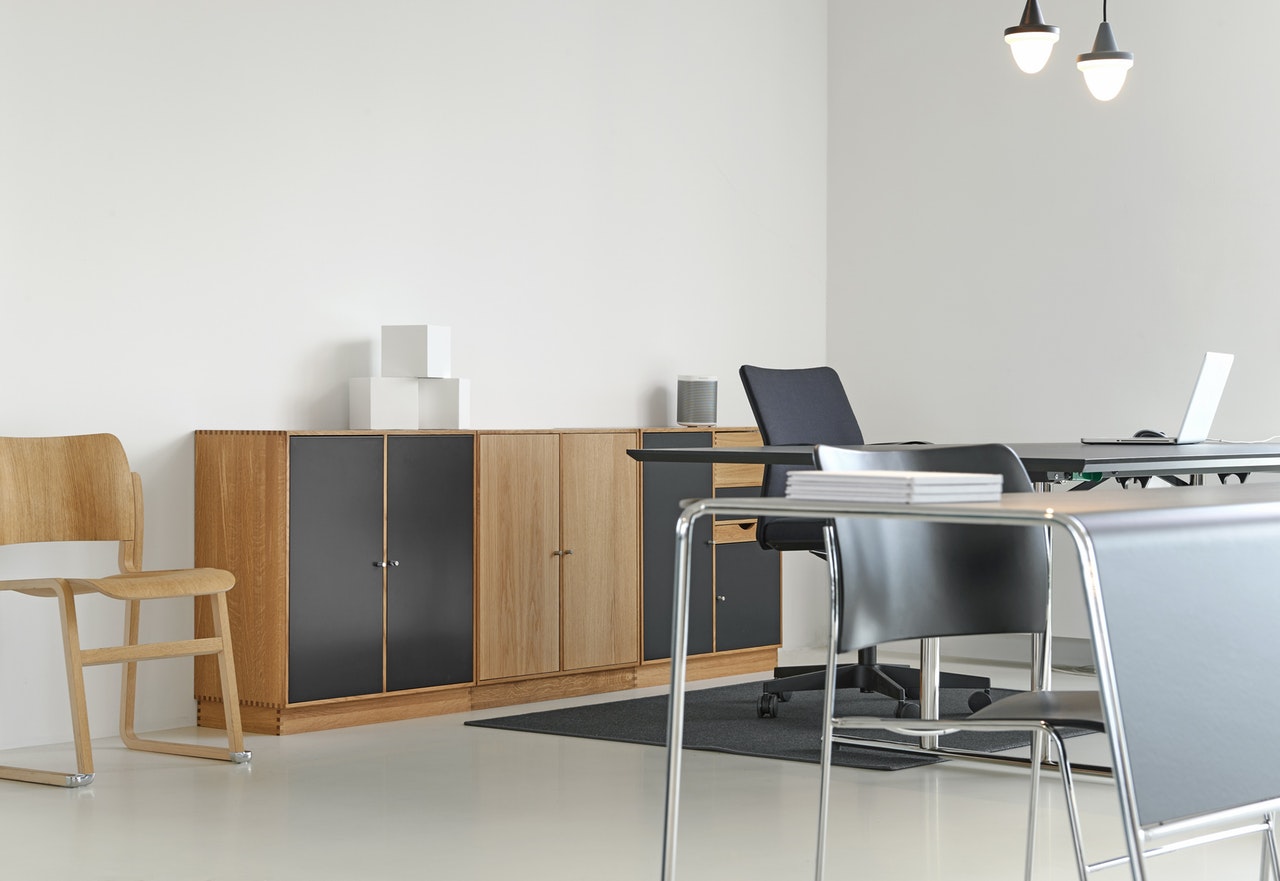We are very pleased to welcome Daniel Smith, Sustainable Labs Officer at the University of Birmingham, to discuss the impressive work that has been going on at the educational organisation.
We are going to be talking about lab reuse, behavioural change, and a gigantic balloon!
Hey Daniel, what can you tell us about your reuse journey so far?
“Our journey initially began with a pilot programme, launched by a couple of our alumni. This was a reuse service aimed at laboratory equipment resale, selling old equipment to those who needed it. This program worked great, we wanted to do more and decided to implement an internal, network of laboratory reuse on campus”
“Through collaboration between our Environmental Services Manager and Daniel O’Connor from Warp It, we launched our Warp It office furniture reuse campaign, getting people thinking about whole life cycles of our assets. We wanted to create a circular economy of furniture reuse on campus, instead of letting items get thrown into a skip.”
“I am involved with Warp It, piloting their ‘Lab Reuse Campaign’, providing staff with the opportunity to swap or donate lab equipment, internally, for free. The aim was to help laboratory groups expand, vacate or set up a new lab, which can be a costly process. By claiming a piece of laboratory equipment for free from Warp It, the lab would also help reduce the amount of waste produced by the university.”
What was the problem that encouraged you to join Warp It?
“Space efficiency and waste production in labs. Laboratory space in HE institutes is at a premium, it’s an expensive, specialist space and every inch counts. Previously, lab users had to dispose of perfectly usable kit, simply because research goals changed or new equipment hit the market. Alternatively, items were being stored in any available space. Items that could help other labs were wasting bench or floor space. We wanted to start redistributing these assets across campus.”
What can you tell us about your Carbon Balloon project?
“It’s all part of our behavioural change campaign on campus. Through research of publications, I found that common methods of engagement for climate change such as scaremongering etc. can be counterproductive. We wanted to stop using facts and figures because if people can’t visualise or interact with something, their brain won’t engage and they won’t act on it.”
“I saw a UN event with a giant inflatable bomb reflecting a tonne of carbon emissions. So I contacted a load of companies and found one that was leasing out these bubbles. We set up a great installation and said ‘look, here’s what one tonne of carbon emissions really looks like if you could stand next to it’.”

What was the impact of this campaign?
“We had loads of interesting feedback, we did ‘a tonne’ of marketing ahead of the event, posters, social media, and email campaigns all asking ‘What would 1 tonne of carbon emissions look like?’”
“During the event, we engaged people around campus, held conversations, encouraged selfies, photos and questions. People were shocked by the size of the thing, it was bigger than a 2 storey house! In terms of metrics, we used hashtags that trended great on Twitter! We incorporated the bubble into our annual ‘Live Well, Be Safe Event’. These two events together gained over 10,000 impressions on social media, loads of retweets and shares. ”
“After the event, we learnt that people around campus were talking about the bubble and how shocked they were, so it hit the level of social momentum and positive, eye-opening impact that we had hoped for”
What went wrong, or what would you have done differently?
“Deciding where to put the thing! We made a plan and chose the ideal spot, however a couple of weeks before, we found out we could no longer use that space as it was needed for VIP parking. Back to the drawing board.”
“Location number 2 was our Green Heart park space in the middle of campus. But, our gardeners just finished laying new grass, so we couldn’t put it there because it could damage the lawn. Back to the drawing board, again! Finally, we found a great spot and thankfully the event itself ran smoothly.”
What’s the next step?
“We are continuing the Lab Reuse pilot, spreading the benefits of using this programme for lab spaces. Daniel O’Connor has been very helpful in teaching us how to use Warp It and we are getting a lot of subscribers for the Lab Reuse Campaign.”
“We would like to explore surplus chemical sharing in the future, not just asset or equipment reuse. That’s where we’d like to take it next.”
“After the initial year, we will review all the figures and then aim to implement Warp It as a standard procedure going forward.”









